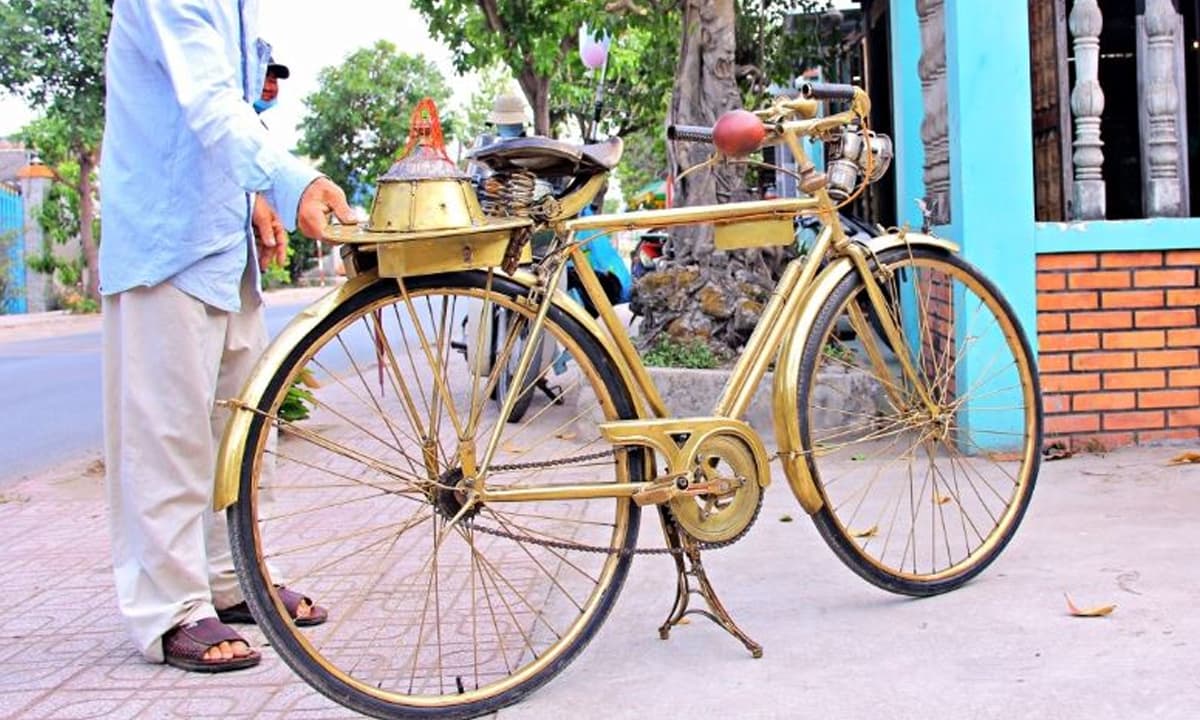A Foldable iPhone Must Meet This Thinness Requirement or It’s Dead on Arrival

Feels like just yesterday that folding phones weren’t even a thing, and now we’re somehow drowning in a sea of crease-filled screens. If, like me, you’ve been wondering what else phone makers can offer the folding phone market that hasn’t already been done, then Chinese phone maker, Honor, may have an answer for you: thinness.
The Honor Magic V5, which was just unveiled, has retaken the title for the thinnest foldable on the market, which sets a new bar, not just for Samsung—the most iconic folding phone purveyor out there—but also for Apple, which has reportedly been at work building its own entrant into the folding market. Before we talk about what this means for Apple, let’s talk about the Magic V5. TL;DR: It’s thin. How thin, you ask? According to Honor, just 8.8mm. That’s only marginally thinner than the previous record holder, the Oppo Find N5, which is 8.9 mm, but it still counts. Unfolded, it’s a similar story—the Magic V5 is 4.1mm on either side.
There is maybe one caveat here, however, and that’s the fact that this phone also has a pretty ginormous camera bump. That may not be worthy of an asterisk next to the title, but it’s worth noting all the same. While the Magic V5 has the title right now, it’s worth noting that Samsung is expected to launch a new generation of foldables next week, which could potentially knock Honor off the top of the very thin, tenuous totem pole. Samsung isn’t necessarily the challenger that I’m most intrigued by, however. As I mentioned before, Apple has also been reportedly sniffing around the foldable market, which means it now has a new benchmark to beat.
The HONOR Magic V5 is coming soon ⌛
Slimmer and smarter, HONOR Magic V5 redefines what it means to be at the forefront.
Discover more: https://t.co/A36bK5kuUD pic.twitter.com/H3IZLexjPW
— HONOR (@Honorglobal) July 2, 2025
Why Apple, specifically? Well, for one, it’s Apple. As it often does, Apple has apparently taken a long approach to foldable phones, and if it should finally decide to enter the market with one, people are going to expect that all that time spent waiting, thinking, and developing a folding phone actually resulted in something that’s materially better. Part of that perceived progress/value will hinge (pun intended) on the hardware. Apple will need a low-footprint crease, of course, and a sturdy, reliable hinge that isn’t foiled by dust and debris, but also it’ll need to be as thin as the highest-end folding phones on the market (i.e. the Magic V5 and likely Samsung’s Galaxy Fold 7).
I point out thinness in this case, specifically, because folding phones are inherently about form factor, and while every phone takes thinness into account, it’s especially important for a book-style foldable. When collapsing a display onto itself, things can get pretty chunky fast, and if Apple launches a folding device that looks meatballish next to competitors, it certainly won’t help the ongoing perception that it’s falling behind when it comes to innovation and AI.
It’s hard to say if Apple will be able to achieve that same level of foldable excellence. It’s been developing a folding phone for a while now, if rumors are to be believed, and it now reportedly has a production prototype for the first time, according to DigiTimes. For Apple’s sake, and the sake of anyone interested in a foldable iPhone, I hope that Apple has been keeping up with the times as it develops that entrant. And by times, I mean the hardware that really matters—give us a thin iPhone Fold or give us nothing.









